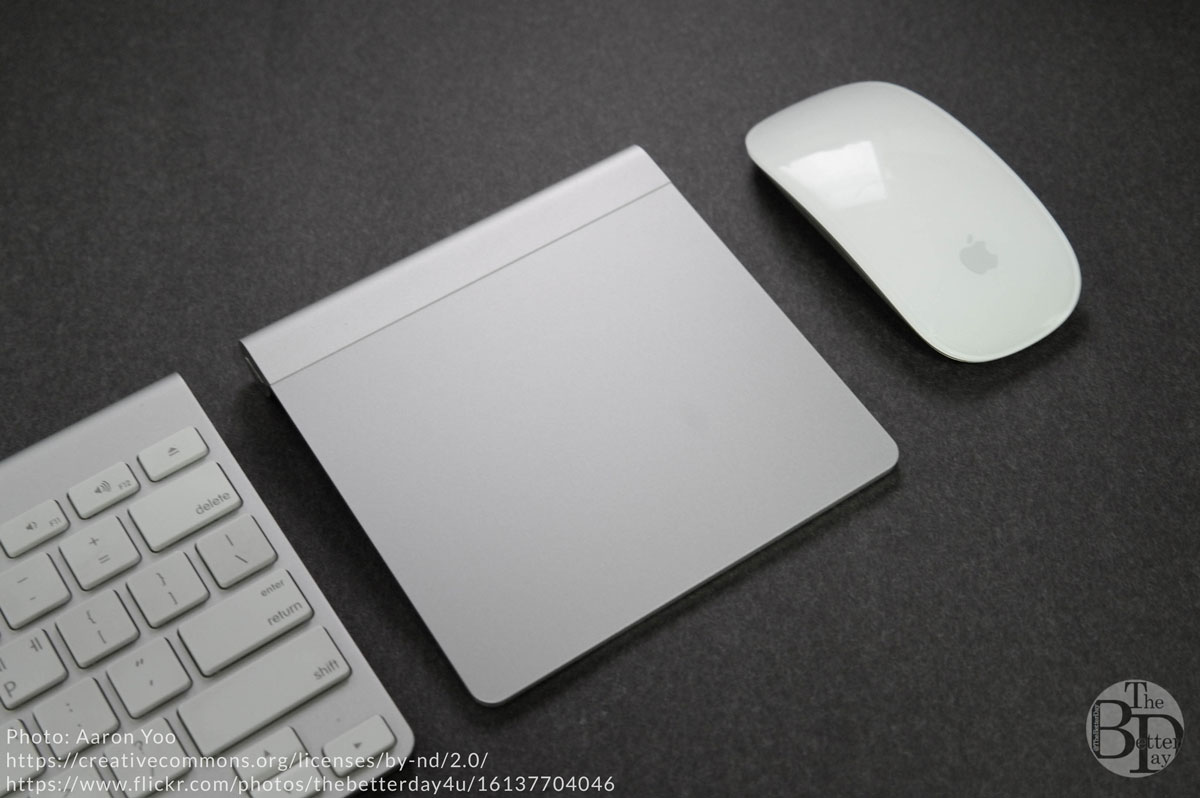*Apologies for the scattered, incomplete nature of this post, this was really a brainstorming exercise, but I figured, why can’t it be public brainstorming? So here goes:
Problems:
I feel much better physically when working a service job that requires movement, but I’m interested in working on computers. I can feel the physical/mental toll for spending too much time in front of a screen. Sitting all day is terrible for your posture and physical fitness. On days when I’m off work and do a lot of walking and moving, it’s amazing how much better I feel.
Traditional keyboard/mouse input is outdated and limited.
Solution:
As we spend more time interacting with computers, we should find ways to be physically healthy while we do it.
We need a shift in paradigm for general consumer computer interfaces. More intuitive interfaces built to capitalize on how our bodies/brains evolved to function best. Instead of cramping our hands moving a mouse around a tiny square of desk to draw things, we should be swinging our whole arm around.
There are tons of ways we could be interacting with computers, we’ve barely scratched the surface. O
Thoughts:
Room with projection on wall, or oculus rift VR viewing.
Pick up and move physical blocks to change windows or programs.
Exercise taxes to de-incentivize unwanted behavior (push-ups to open Facebook, burpees to open Netflix, etc).
Associate different tasks with different areas of space and movements, helping to improve memory by activating more areas of the brain to connect with ideas and tasks. (cite spatial memory techniques discussed by Ed Cooke in Tim Ferriss Show #52).
Background colors, music or imagery changes for context switches, ie, when you want to program there are peripheral backgrounds of mountains or something, then when you want to email you switch to backgrounds of cityscapes or something.
Soundscapes or music could change as well. An example of this idea already in use is workout music. When I workout or run, I’ll often listen to intense music about overcoming hardship or toughness (2pac, Talib Kweli, Wale, even, embarrassingly, Eminem) which serves as emotional motivation to push myself harder. Or I’ll use upbeat electronic music to put myself into a trance to disassociate from physical pain when pushing hard. We could program our environments/interfaces to change throughout the day based on what tasks we’re trying to do.
Punching bags or something to close programs?
Questions:
How could users network, manipulate others’ environments, share?
Would productivity due to speed loss (if you had to move something physical to perform a task, rather than just click something) be outweighed by overall productivity, happiness and longevity caused by better health, more focus, less distractions, stronger mental associations?
What could be a small-scope initial application for a test? X-Box Kinect to control some interface?

